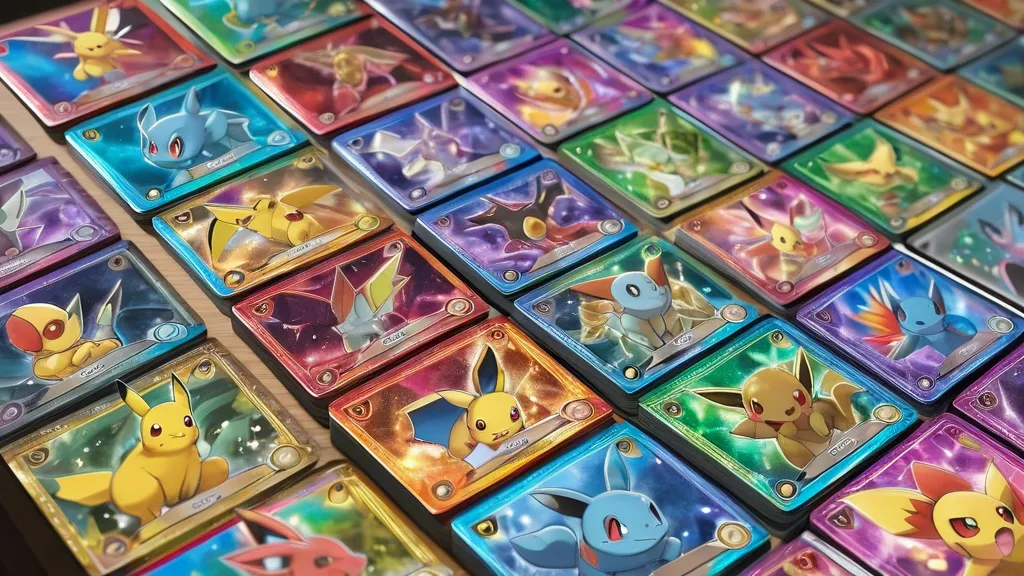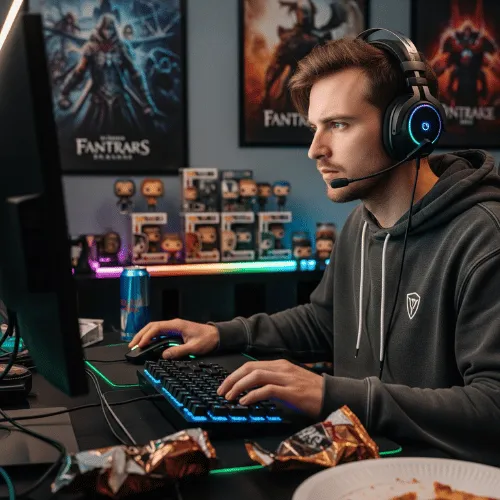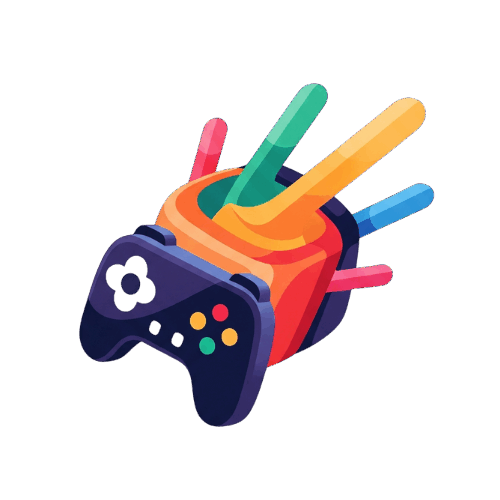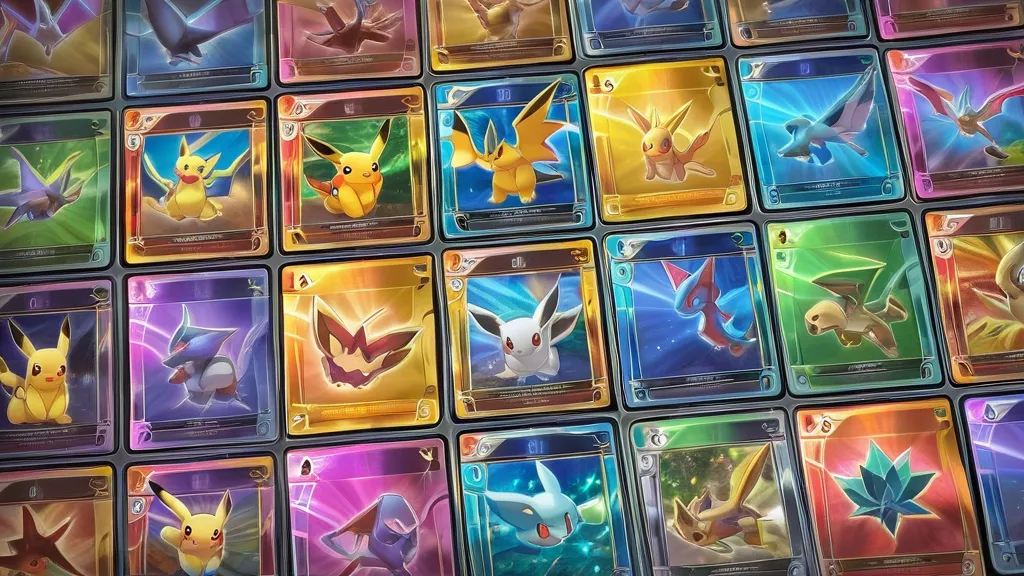As someone who’s spent 10+ years cataloging sets, sorting binders, and chasing shiny cardboard, here’s my straight-shot take. If you’re hunting for the prismatic evolutions card list, you want the set contents fast—names, rarities, numbers, and the chase cards. In my experience, that means looking at booster pack breakdowns, pull rates, and those secret rare alt arts everyone keeps screaming about. Yes, the usual suspects: holo, reverse holo, Trainer cards, full arts, and maybe a silly rainbow that makes your wallet cry.
What I think you actually want (and fast)

Let me cut through the noise. A set list is the checklist. Every card number, every rarity symbol, and where it fits in your binder. I’ve always found that the easiest way to “get” a new set is to see the skeleton: base commons/uncommons, rares, full arts, special illustration rares, golds, and promos. That’s your map. You don’t need drama. You need a grid and a plan.
Quick hits you can skim right now
- Chase cards drive price. Not magic. Just demand.
- Pull rates for alt arts are low. Prepare your feelings.
- Singles usually beat sealed for value, unless you enjoy gambling with pretty wrappers.
- Binder order by set number, not type. Your future self will thank you.
- Keep an eye on pre-release promos and stamped cards. Easy to miss. Painful later.
How I read a fresh set (and don’t lose my mind)
In my experience, I break new expansions into buckets: commons/uncommons for playability, regular rares for binder filler, and the real meat—full arts, special illustration rares, and gold secrets. If you’re new, the symbols for rarity are your best friend. I like to double-check any weird symbol or shorthand with a clean reference like this overview of the game mechanics on the Pokémon TCG. It keeps me from inventing new rarities out of thin air. Which, trust me, I’ve tried.
Rarity, pull rates, and why we cry
What I think is simple: rarity tells most of the story. It’s not the whole story, but it’s the headline. If you’ve ever wondered why one card with a smidge of gold trim costs five lunches, this primer on card rarity explains the basics. Then you add demand. Then you add FOMO. Boom. Economics but with sparkles.
The “almost there” table you asked for
I don’t have an official file cabinet of your exact pulls, obviously. But here’s the layout I use to track a new set day one. It’s simple, clear, and survives coffee spills.
| Category | What to Expect | Rarity Tier | Notes for Collectors |
|---|---|---|---|
| Commons | Basic Pokémon, simple Trainers | Common | Great for deck bulk; keep one of each for the binder |
| Uncommons | Stage 1 lines, stronger Trainers | Uncommon | Reverse holos look nice in a finished set page |
| Rares | Regular holo Pokémon | Rare | Binder slots you’ll fill first; prices stable |
| Full Arts | Textured Pokémon and Trainers | Ultra Rare | Texture makes them feel “premium”; value varies a lot |
| Special Illustration | Alt art scenes, character focus | Special Illustration Rare | Low pull rates; usually the set’s top chases |
| Gold Secrets | Items, energy, or big-name Pokémon | Hyper Secret | Endgame flex; prices can spike on release weekend |
| Promos | Pre-release stamped, box promos | Promo | Easy to miss; collectors regret ignoring these |
Where do I get the full official list?
Two places: official announcements and community databases. I usually start with the expansion index on this expansions list to see naming, numbering, and release windows. Then I compare with checklists when images roll out. The trick is patience. Early leaks aren’t stable. Names shift. Numbers change. Set symbols get tweaked. I’ve been burned by that more times than I’ll admit.
My binder checklist system (steal it, please)
- Sort by set number. Not type. Not color. Set number.
- Keep a duplicate page for reverse holos behind the main page.
- Track missing cards in a cheap notebook or in a simple doc on your phone.
- Mark chases with a sticky tab so you don’t double-buy like I do every third week.
Is sealed worth it or should I buy singles?
Short answer: singles. Longer answer: sealed if you enjoy the ride and don’t mind the math. I love opening packs, don’t get me wrong. But if I’m building a checklist, I buy singles for the heavy hitters and trade for the rest. ETBs are fine for sleeves and dice, but they won’t magically hand you the alt art you want. That’s not how probability works, even if the pack art winks at you.
Mini guide: avoiding launch-day mistakes
- Don’t panic-buy the top chase 30 minutes after release. Wait a week. Let prices settle.
- Trade duplicates fast while hype is high.
- Sleeve anything textured the second it leaves the pack. Oil from hands matters.
- Keep your list up to date. Never trust “I’ll remember.” You won’t. I don’t.
Fast reference: what a clean set list includes

- Card number and set total (like 123/198)
- Card name and stage (Basic, Stage 1, Stage 2)
- Type and rarity symbol
- Illustrator (yes, it matters to some buyers)
- Special tags: EX, V, abilities, Trainer types
- Parallel/reverse holo availability
- Secret numbers (anything above the set total)
If you want curated opinions on new cardboard without swimming through angry forums, I drop picks in my running game reviews log. It’s blunt, but kind. Usually.
Okay, but what about the “prismatic evolutions card list” specifically?
I’ll be real. Names change between regions. Sometimes a subset becomes a mainline set or vice versa. So instead of tattooing early spoilers on your forehead, track reveals, note the numbering, and map what goes where. When the dust settles, the checklist locks. Then I do my real work: plugging holes and crying over a single missing reverse holo. Because of course.
If you want step-by-step methods—how I build a binder from zero, where I buy, how I store doubles—I keep a pile of how-tos in my guides & tutorials. I update them when I learn something the hard way. Which is weekly.
Table: my day-one tracking sheet (print this)
| # | Name | Stage | Type | Rarity | Reverse | Notes |
|---|---|---|---|---|---|---|
| 001/??? | (TBD) | Basic | Grass | Common | Yes | Starter line begins |
| 045/??? | (TBD) | Stage 1 | Water | Uncommon | Yes | Check evo line count |
| 110/??? | (TBD) | Basic | Lightning | Rare (Holo) | Yes | Playable? Flag to test |
| 196/??? | (TBD) | — | — | Special Illustration | No | Likely a chase; price-watch |
| 210/??? | (TBD) | — | — | Gold Secret | No | End-of-set marker |
If you like poking around organized hubs for quick news, patch notes, and set roundups, I keep a tidy index you can skim: gaming article hubs. Saves time. Saves tabs. Saves sanity.
Mini-blogs inside the blog
Which cards become “the” chases?
I look for three signals: fan-favorite Pokémon, standout art, and playability. If a card nails all three, it’s a rocket. If it nails one but whiffs the others, it might still hold. Art carries more than people think. I’ve seen a middle-tier Pokémon with gorgeous scene art outrun “stronger” cards for months.
What specs do I need to store my collection?
- 9-pocket pages, side-load if possible
- Acid-free binders (no mystery vinyl)
- Penny sleeves for everything textured
- Card savers for grading candidates
Which products stay cool under pressure?
Storage boxes with tight lids. Not the flimsy ones that warp if you look at them wrong. Honestly, I test boxes the same way I test puzzle loops—push them hard and see what breaks. If you enjoy that nerdy rabbit hole, I wrote about why our brains love loops here: puzzle games. Same reward cycle. Less cardboard dust.
A few blunt tips for the road
- Don’t chase hype with your rent money. Ever.
- Track prices weekly, not hourly. You’re not a hedge fund.
- Trade locally first. Shipping eats margins.
- Buy singles for finishing a binder. Open sealed for fun. Keep them separate in your brain.
- Sleeve, top-load, and stop touching textured cards like a raccoon with a shiny spoon.
If you’re still here, you probably wanted one clean place to start your prismatic evolutions card list, plus a plan that won’t waste hours. That’s what I use. It’s not flashy. It works. And when the official checklist locks, I fold it in and keep rolling.
For bigger background and who’s steering the brand wheel, a quick glance at The Pokémon Company history helps. It explains why sets get sliced, renamed, and sometimes stitched together like a patchwork binder page.
FAQs
Is there a complete list I can print right now?
Not until the final checklist is confirmed. I start with placeholders, then swap in official names and numbers once images and numbers are locked.
Should I preorder boxes or wait?
I wait unless the price is fair and the seller is known. Early hype can add a tax you don’t need to pay.
What’s the smartest way to fill a binder fast?
Buy singles for the top 5–10 chases, then trade for mid-tier stuff. Open a little sealed for fun and reverses.
Do reverse holos matter for set value?
For a master set? Yes. For casual? Not really. But they look great on a finished page, so I keep them.
How do I avoid fakes when buying online?
Buy from trusted shops, check seller feedback, and compare scans to official images. If the price screams “too good,” it probably is.
Anyway. Time to sort another stack and pretend I’m “done for the night.” I’m not. You know I’m not.

I’m Darius Lukas. On my blog, I break down what makes games tick with honest reviews, deep analyses, and guides to help you conquer your next virtual challenge.




Is chasing after the secret rare alt arts as difficult as everyone says?